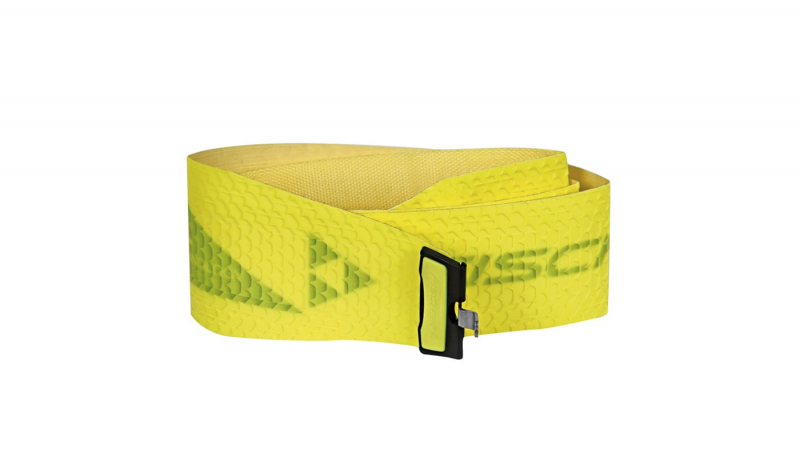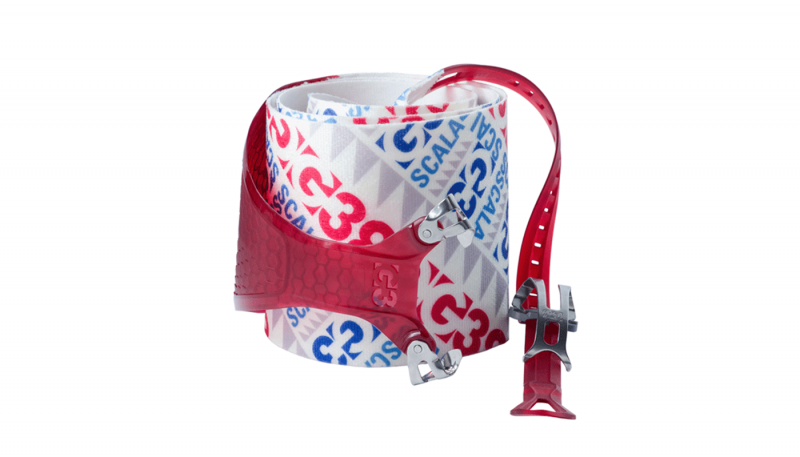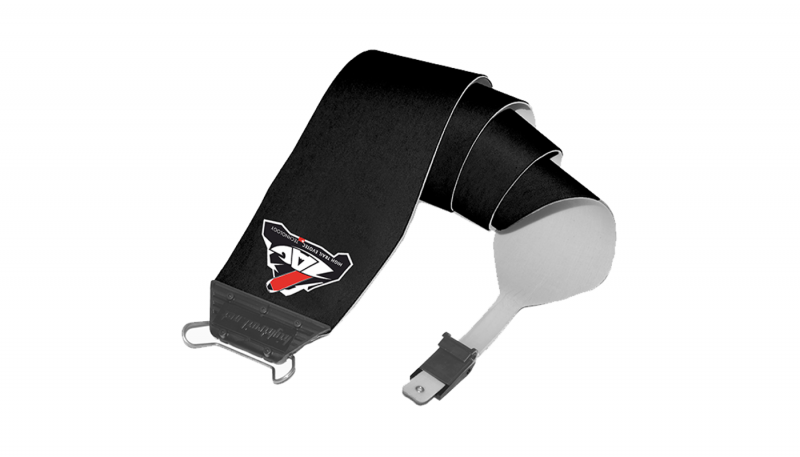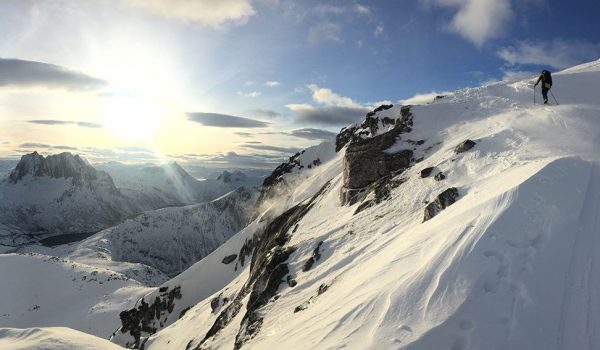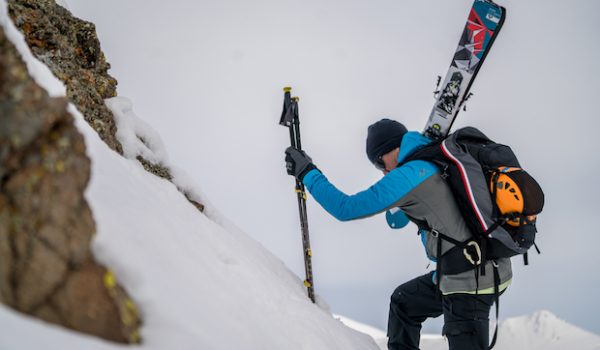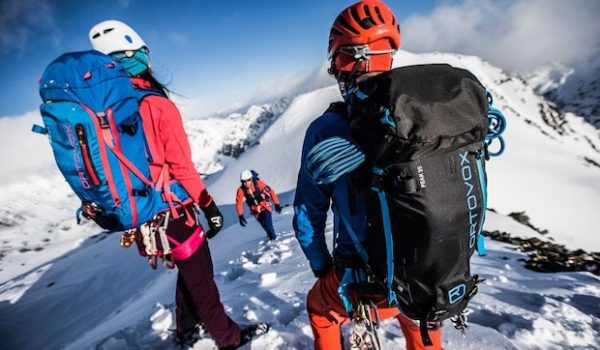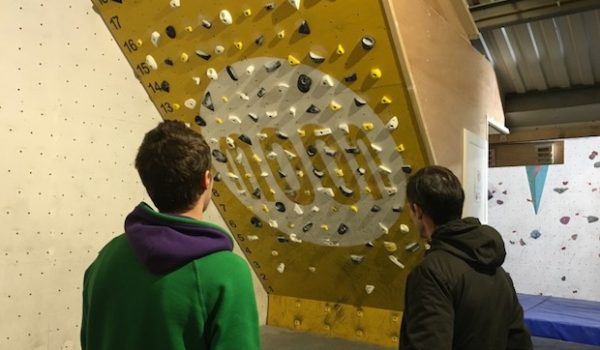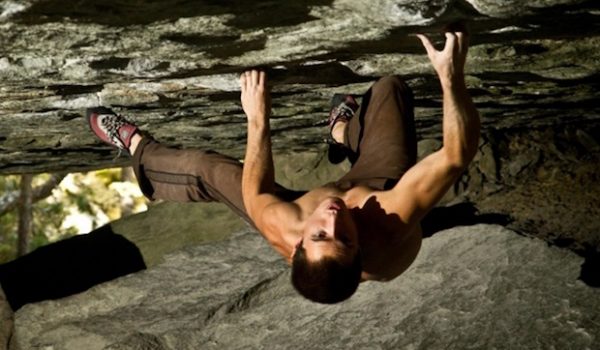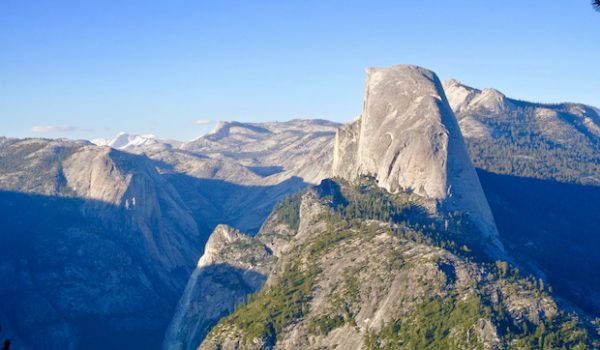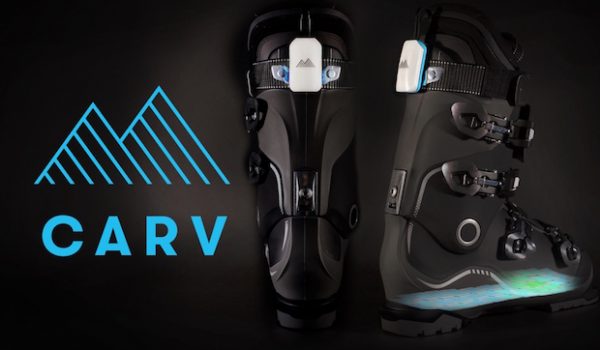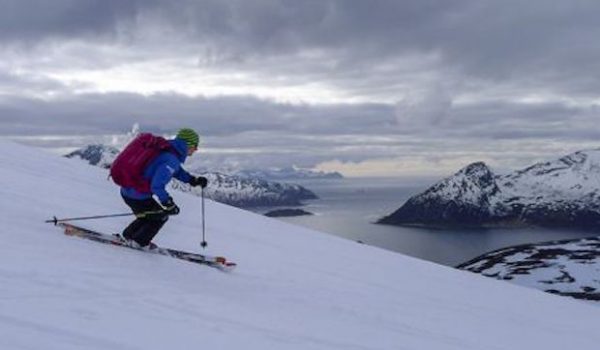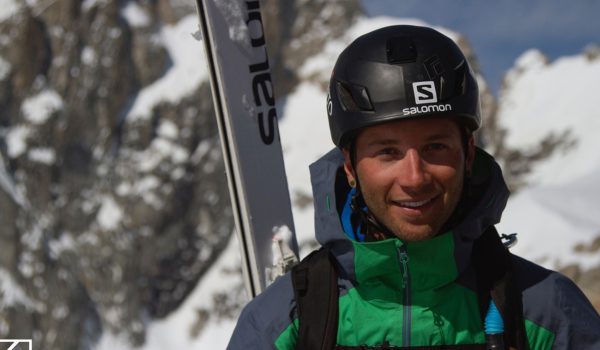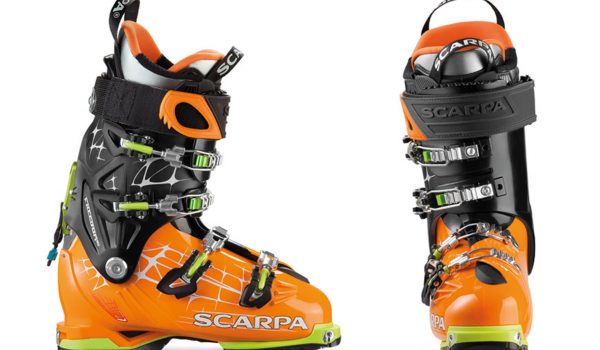Given the variety of glue and plush combinations in the climbing skins tested it’s difficult to name one the best, however, the Pomoca Volkl Custom Climbing Skins had to be the overall reviewer favorite. The fact that the Pomoca Volkl Custom Climbing Skins come pre-cut to fit Volkl skis is a huge plus as most people butcher their first and even second and third pair of climbing skins that they have to cut. With a 100% Mohair plush, they provided the best glide with minimal snow adhesion in warmer temps, other skins tested with nylon plush or a combination of nylon and mohair did not perform as well. Pomoca manufactures these skins for Volkl and they are known for some of the best skins on the market, from the plush to the glue, they simply performed the best.
While innovation is a good thing it doesn’t mean much if you can’t count on it in all conditions and since climbing skins can be your lifeline to getting back to the trailhead, you want to know you can count on them every single time. For this reason, the High Trail Evotec Climbing Skins and Fischer Profoil still require some refinements in order to be fully reliable. If you’d like to dabble your toes into the world of climbing skin innovation then perhaps the G3 SCALA’s would offer up enough of traditional climbing skin with some new design element in the mix.
Glide to Grip ratio
The ideal for any climbing skin is to have optimal glide and grip so that you are efficient with every step. While Nylon plush is best for grip, Mohair is preferred for its superior glide characteristics. The G3 SCALA Climbing Skins use a 100% nylon plush while the Pomoca Volkl Custom Climbing Skins use a 100% mohair plush. The High Trail Evotec Climbing Skins use a mix of both nylon and mohair fibers to take advantage of each fabric’s qualities. The Fischer Profoil on the other had is a pure plastic skin and compared closest to the G3 SCALAs for both grip and glide.
Glue Quality
Ensuring that your climbing skins remain adhered to your skis in any snow condition no matter how cold it gets is a requirement of any climbing skin’s glue. However, you don’t want the glue to be so strong that it makes it impossible to separate the skins when you want to apply them to your skis. This is where the Pomoca Volkl Custom Climbing Skins performed best. The High Trail Evotec Climbing Skins were by far the easiest to separate, given that they don’t use a traditional glue, but rather a low tack silicone adhesive. This was also their downfall, however, as the adhesive did not work well when the air temperature plummeted.
Ease of Use
How easy a climbing skin is to use can really be defined in two ways, its day-to-day use and also how easy it is to size to your skis. The Pomoca Volkl Custom Climbing Skins have to win hands down for out of the box readiness as there is no cutting required—if you have Volkl skis. Day-to-day ease of use is really about the quality of the skin’s glue as you want the glue to be strong enough to adhere to the skis but not so strong that you have to pay a visit to the emergency room for a hernia after trying to separate them. In this respect, the High Trail Evotec Climbing Skins are by far the simplest to use since they use a low tack silicone in place of traditional glue. You also want the tip and tail connectors to be intuitive and simple in design yet effective so that they hold onto the ski firmly. The tip and tail attachment mechanisms on the G3 SCALA Climbing Skins get high marks for in both of these areas as well as for their ease of adjustability.
Weight
While most climbing skins are of similar weight, there are areas where savings can be made. This typically comes down to the skin material and tip/tail connection hardware. The simpler the connectors, the lighter they tend to be and it’s for this reason that the Fischer Profoil are at the top of the lightweight list. They also get top marks due to their use of plastic rather than heavier traditional skin material. Keep in mind, however, we are talking about mere ounces of difference at most. The next lightest combing skin was the High Trail Evotec Climbing Skins, again for their simple tip and tail connectors and lack of traditional adhesive.
Attachments
Tip and tail attachments come in many varieties with some being over thought and some simple and cheap feeling. G3 had the most reliable attachment mechanisms on their SCALA Skins thanks to their tail cam design and independent tip arms. However, Pomoca’s custom tip connection made specifically for Volkl skis are also a solid contender. They used a male/female connection that requires a 90° twist to lock in place. This provides a super solid connection but does make removal tricky if you wish to keep your skis on while you peel your skins. On the bottom of the scale was the High Trail Evotec Climbing Skins and Fischer Profoils. Both of their tip and tail connectors seem under-thought and under-designed which does not instil confidence where you want it most.
Test Methods
In order to truly test a climbing skin, you need to use them in as many different snow conditions as possible. Multiple touring days gaining thousands of vertical feet are required in order to accurately test skin grip, glide, glop and durability. Our job as testers is to ensure we encounter every kind of snow conditions that the average backcountry skier would encounter in a seasons worth of ski touring. Here in the B.C. Backcountry, we have primarily powder and lots of it, so we had to go searching for wind scoured-hard pack slopes. With average winter temperatures warmer than the Rockies we also ensured that when the mercury dropped to a balmy -20°C (-4ºF) that we continued to test as this is when glue failure is most prevalent. Conversely, spring conditions provided warm isothermic snow conditions that could lead to skin glop. This is where the climbing skin gets saturated with moisture and snow packs onto it and makes skinning next to impossible.
What is a Climbing skin?
Climbing skins are a combination of a synthetic material with adhesive on one side and plush fabric on the other. They are cut to match the width and length of your specific skis with the adhesive holding them firmly against the base. A tip and tail clip secure them firmly and allow for some adjustability. The plush which comes in contact with the snow is made up of tiny hairs that are orientated in such a way that they offer of glide when moved forward and grip when pulled back under tension. Climbing skins are placed onto your skis to help you efficiently and effectively create a skin track or path up a slope which you can then ski back down.
While climbing skins initially started out using animal hair for the plush they now use mainly nylon for its durability, low price point and good grip—Mohair is still used but is substantially more expensive. The inclusion of plastic tips or complete plastic skins are also now available as are various kinds of glue and glue-less skins, these, however, are not yet widely used as most people are waiting to see how they perform over the long term. A very large segment of the climbing skin market is custom skins which are ready to go out of the box, no trimming needed. You would typically buy these when you purchase new skis as they would be specific to that model, length and width of ski. You can expect to pay from $150 for nylon climbing skins up to $300 for pure mohair, with the newer, innovative designs running in at the high end of this price range.
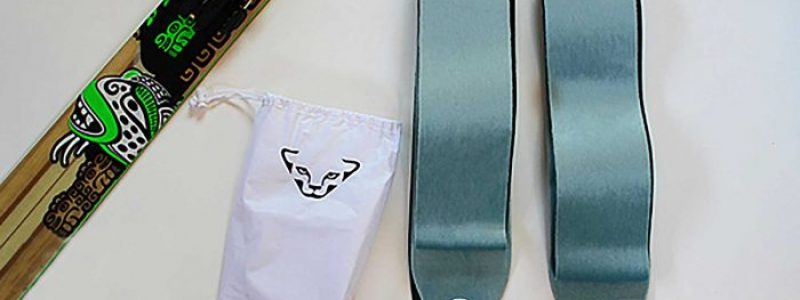








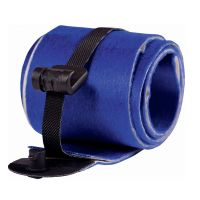
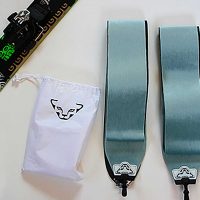


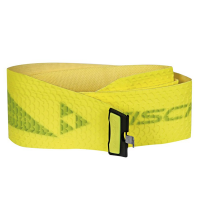
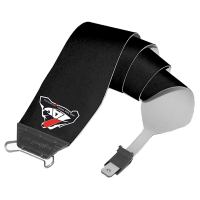

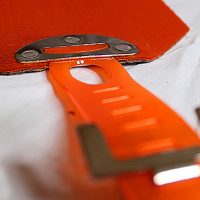
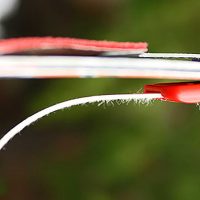
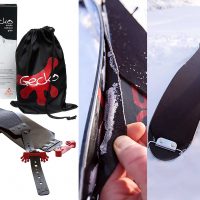
 93
93 

